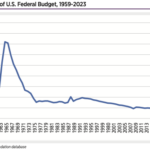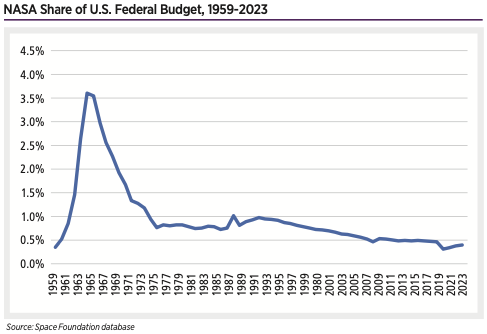2013
University nanosatellite launches skyrocket over past decade
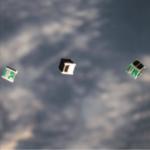
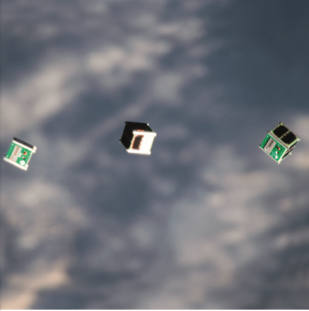
Universities across the globe are building an increasingly large presence in space by attaching student satellite projects to launches. Since the advent of nanosatellites and CubeSats, the barrier to space entry has never been lower for students.
NASA Share of U.S. Federal Budget, 1959-2023
Denver Manufacturing Workforce, 2013-2023
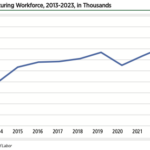
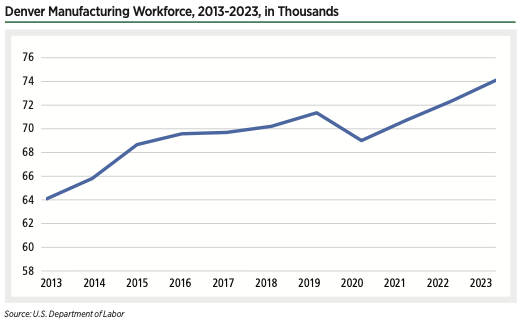
But in the bustling Denver market, where overall unemployment hovers near 3%, demand for manufacturing workers is at a 10-year high.
Male vs Female Astronauts, 1961-Sept. 8, 2023
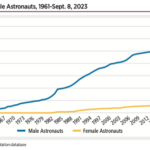
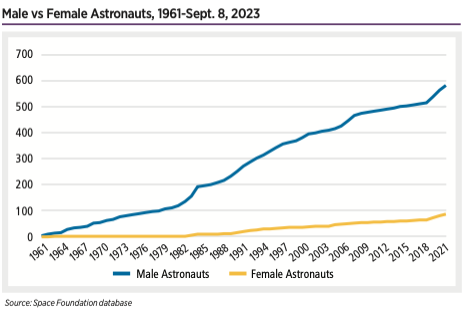
The most significant human spaceflight trend in recent years has been a shift to focus on diversification.
India Department of Space Employment, 2012-2022
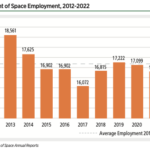
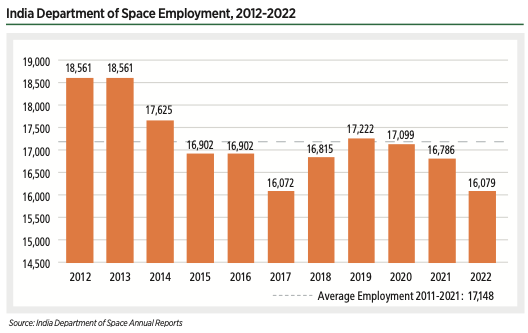
India has traditionally maintained a large government workforce relative to its private space workforce. However, in recent years, the Indian government has been working to grow its commercial space sector.
JAXA Workforce, 2013-2023
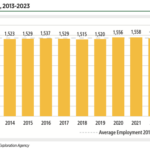
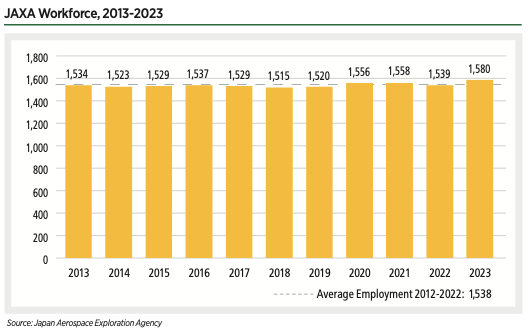
Japan is continuing its efforts to promote the growth of new entrepreneurial space efforts. Proposed legislation in Japan would allow JAXA to create a fund to invest in private-sector businesses.
Japanese Space Workforce, 2011-2021
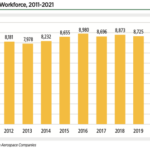
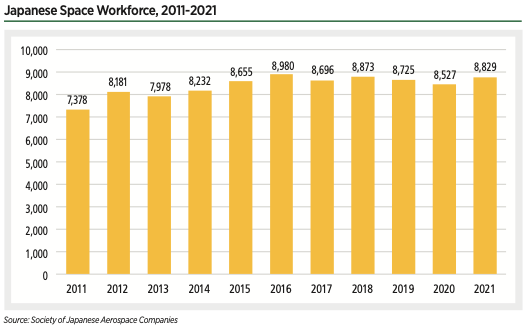
Japan saw growth across all three of these sectors in the past year, with the largest growth, 12.8%, in software.
European Space Industry Employment, 2012-2022
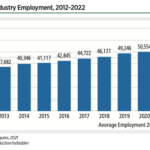
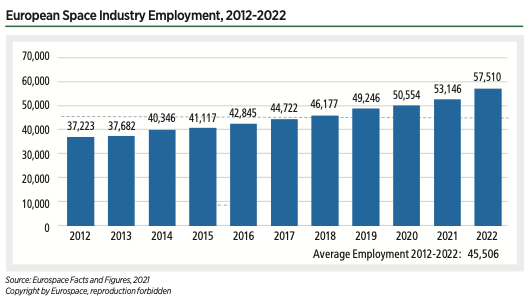
Eurospace collects data through an annual survey of nearly 500 space organizations in Europe. Its analysis focuses on manufacturing of space systems, including launchers, spacecraft, and ground segments.
Space Workforce Trends in the United States, Europe, Japan, and India
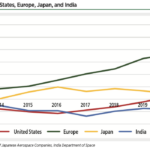
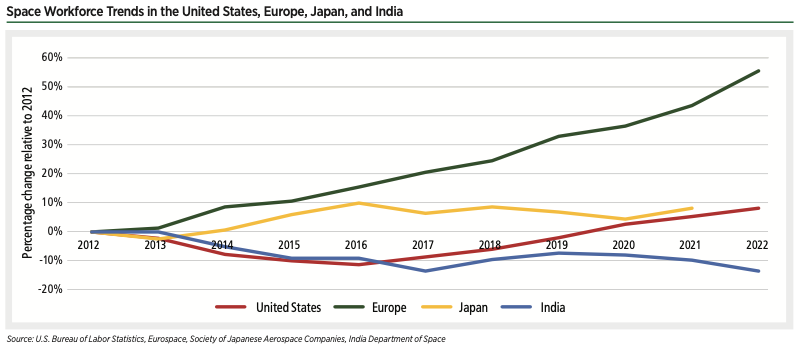
The United States, Europe, and Japan have all seen net growth in their space workforce over the past decade, with steady increases in Europe, and more varied trends in the United States and Japan.
European Nations Lead with Space Workforce Growth from 2021 to 2022
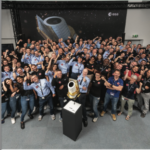
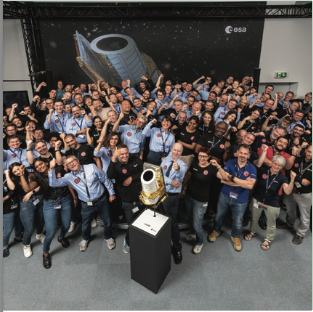
Trends in the size and composition of the global space workforce provide a lens into the health and trajectory of the industry. While many countries do not collect or release data on their space workforce, several major space actors, including the United States, Europe, Japan, and India, publish this information annually.
